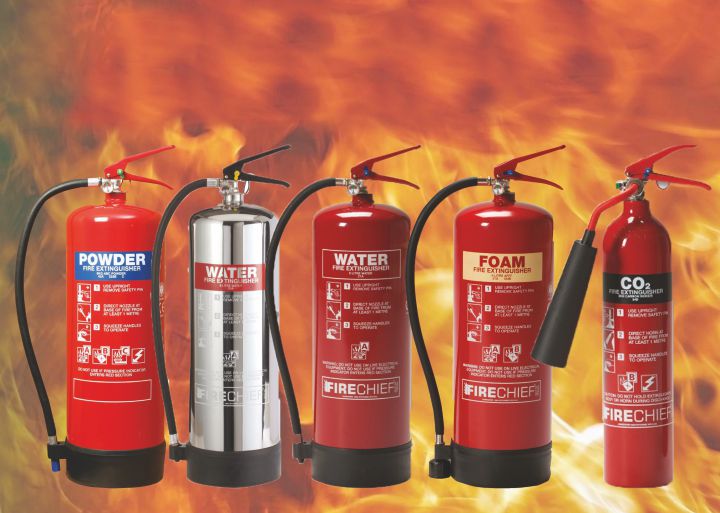Frequent Fire Extinguisher Types
Choosing the right type of fire extinguisher can be a confusing task due to many fireplace extinguisher types available. An individual should be very conscious if you select a fire extinguisher because each kind is designed to put out a fire caused by different materials.
Fire extinguishers are grouped into several classes where they are being used for. These kinds of extinguishers also have a numerical rating for their use. Class A extinguishers are being used for ordinary combustible materials. These include document, cardboard, plastics, and wood. The numerical rating found on this kind of extinguisher shows the number of water it can hold and the amount of fire it can extinguish. Class B fire extinguishers are specially formulated to put out there fires which care triggered by flammable and combustible liquids like oil, gas, grease, and kerosene. The numerical rating for Class B extinguisher indicates the area of fire in square feet it can extinguish.


Class C open fire extinguishers put out fires which involve electrical equipment, including appliances, outlets, wirings, and circuit breakers. here Whenever dealing with a school C fire, it is important to keep in mind that drinking water should not be used to extinguish it because the risk of an electric jolt is great. Class Chemical extinguishers have extinguishing brokers that are non-conducive and they do not have a numerical rating. 1 of the most frequent fire extinguisher types are those seen in a chemical laboratory. This sort is categorized as School D fire extinguisher and is also for fires involving flammable materials like sodium, potassium, magnesium (mg), and titanium. Similar to Class C extinguishers, School D extinguishers do not have a numerical score and are to be used exclusively for School D fires.
Aside from these classifications, fire extinguishers are also categorized in line with the extinguishing agent used. Normal water extinguisher, also known as air-pressurized water extinguisher, is merely well suited for class A fires only. Using a normal water extinguisher on the Class D or Class D fire will only associated with fireplace bigger so be careful when identifying the sort of fire before utilizing a particular extinguisher. The water fire extinguisher is filled with water and is pressurized with air, thus can be very dangerous in the wrong type of situation. Only fight a fireplace with a water extinguisher if you are sure that the fire is caused by ordinary combustible materials only.
Dry chemical extinguisher is another type of open fire extinguisher and has a variety of types. This type of fire extinguisher is well suited for a mixture of class A, B, and C fires. Dry chemical extinguishers can be stuffed with foam or natural powder, pressurized with nitrogen. The particular regular type of dry out chemical extinguisher is the one which is filled with sodium bicarbonate and potassium bicarbonate. This is the BC extinguisher. The BC variety leaves a mildly corrosive residue which needs to be cleaned immediately to avoid further damage.
Another variety is the ABC extinguisher which is a multipurpose dry out chemical extinguisher filled with monoammonium phosphate which is damaging to electrical home appliances. Compared to CO2 extinguishers, dry chemical extinguishers have the advantage because they leave a non-flammable remains on the extinguished materials.
On the other palm, CO2 extinguishers hold the edge over dry chemical extinguisher such that they don't leave a harmful remains on an electronic device. These types of extinguishers contain carbon dioxide and are highly pressurized to extinguish a fire.